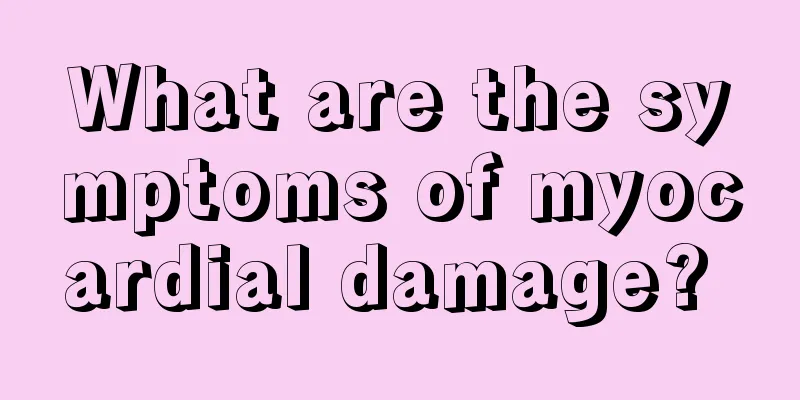Congenital spina bifida

|
Spina bifida is a common health problem. This kind of problem is likely to have a great impact on the patient's image. Congenital spina bifida is divided into different types according to the specific symptoms and causes of the disease. Different types of congenital spina bifida require different treatment methods to achieve both symptomatic and root cause treatment. Below, we will introduce the classification of congenital spina bifida. 1. Occult spina bifida This type of deformity is very common. Only the spinal canal is defective, and the spinal cord itself is normal. Therefore, there are no neurological symptoms and no impact on health. 20% to 25% of normal people have spina bifida. Some patients often have some abnormal phenomena on the skin of the defect, such as a tuft of hair, small depression, vascular nevus, pigmentation, thickening of subcutaneous fat, etc. There may also be congenital cysts or lipomas on the defect. 2. Spina bifida with meningocele There are cystic masses at the site of spinal defect, which mostly occur in the lumbar sacral region. The tumor is round and may be very large. It contains only meninges and cerebrospinal fluid, but no spinal cord or other nervous tissue. Children with simple meningocele have no neurological symptoms. If the outside of the cyst wall is normal skin, the tumor rarely becomes infected. If the cyst wall is very thin or has ruptured, cerebrospinal fluid leakage or infection may often occur. 3. Spina bifida with myelomeningocele It often occurs in the lumbar region, but can also be seen on the back. The tumor is round and contains nerve tissue in addition to meninges and cerebrospinal fluid. The tumor is covered with a thin skin and may have only translucent meninges in the central area. The underdeveloped spinal cord, nerves, spinal cord membranes, vertebral muscles and skin are often connected. In some children, the protruding part of the spinal cord has neither capsule nor skin covering, presenting a spinal cord valgus deformity. 4. Other deformities Spina bifida may be accompanied by some rare deformities such as: ① Hydromyelia, which often occurs in the thoracic, thoracolumbar or lumbar sacral regions. A lot of fluid accumulates in the central canal of the spinal cord, and there is only atrophied spinal cord tissue in the cyst. ② Absence of spinal cord. Underdeveloped spinal cord is often accompanied by anencephaly, and death occurs soon after birth. ③Dermoid cyst, lipoma or teratoma tissue can invade the dura mater or spinal cord. Common malformations that coexist with spina bifida include hydrocephalus, clubfoot, meningeal/encephalocele, cleft lip, congenital heart disease, etc. |
<<: What is the reason for the inability to defecate
>>: How to absorb joint cavity effusion quickly
Recommend
What are the TNM stages of nasopharyngeal carcinoma? What should we pay attention to in our diet for nasopharyngeal carcinoma?
What are the TNM stages of nasopharyngeal carcino...
What is the normal heart rate after running
The heart rate is different in different environm...
Does banana contain zinc?
Zinc is an essential trace element for the human ...
4 kinds of fish have been included in the "carcinogenic list"! Eating too much will cause cancer, but fish sellers never eat them
On a sunny weekend, Lao Zhang came to the vegetab...
Is it better to use expanded polytetrafluoroethylene or silicone for the chin?
Everyone loves beauty. We all know that the shape...
Are the black spots inside the wart the roots?
Warts are also called flesh warts, and the more p...
Amputation is not necessary to treat bone cancer
Bone cancer is also a relatively common malignant...
What kind of pillow is good for sleeping
Sleep is a very important human activity. Only by...
Natural vitamin E is suitable for people
Vitamin E is an essential vitamin for the human b...
Dietary taboos for chemotherapy of rectal cancer liver metastasis
What are the dietary taboos for chemotherapy of r...
Eating more vegetables can prevent the occurrence of cardia cancer
Clinically, most patients with cardiac cancer are...
Will breast cancer definitely lead to death if it spreads?
Will breast cancer spread to the patient and lead...
What is the final cause of death from bone cancer
The biggest harm that bone cancer brings to peopl...
What to do if your nose bleeds
When our nose is hit, it is easy to bleed. At thi...
Why does the upper left side of my belly button hurt?
In our daily life, only by ensuring a healthy bod...









